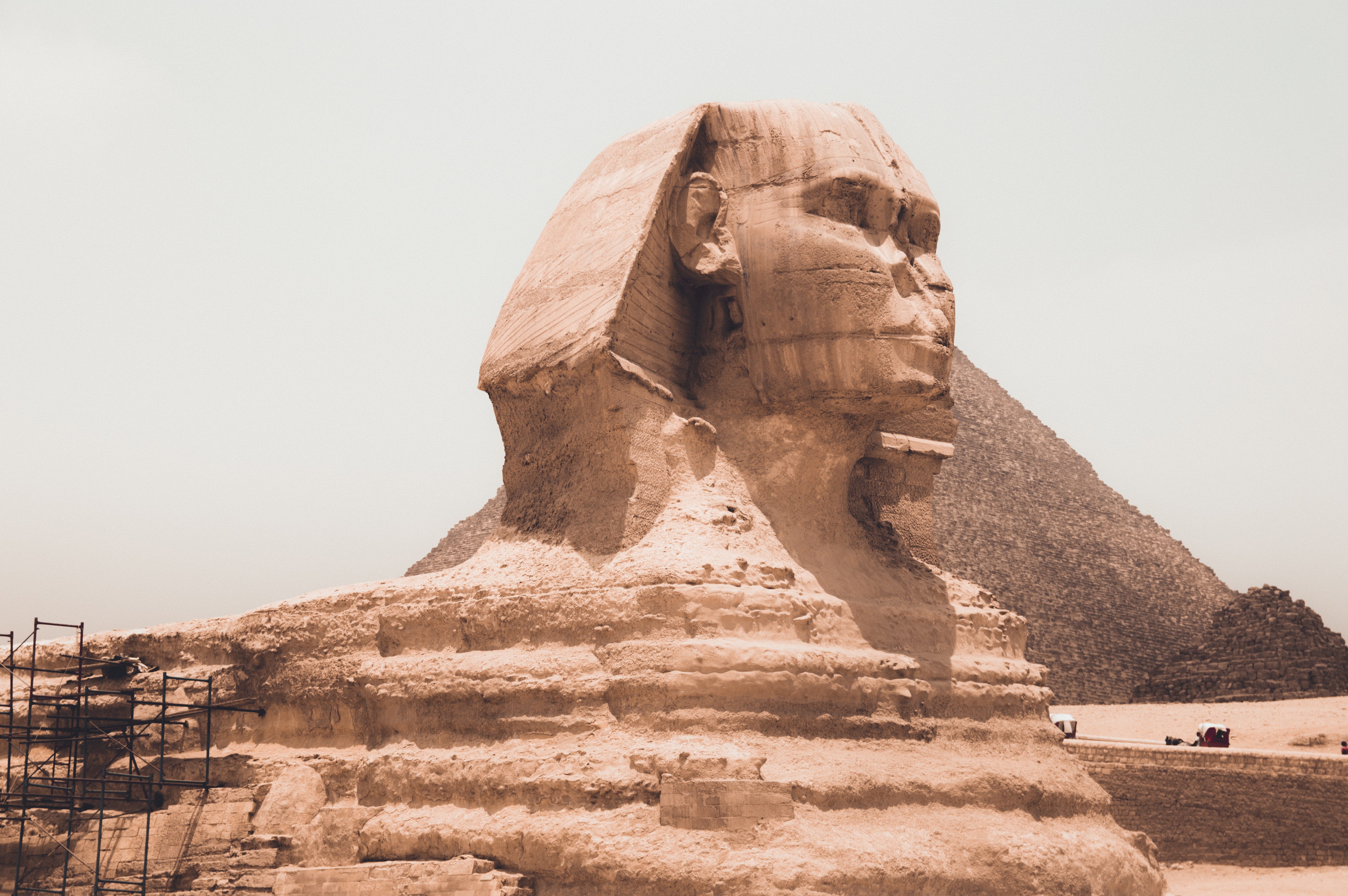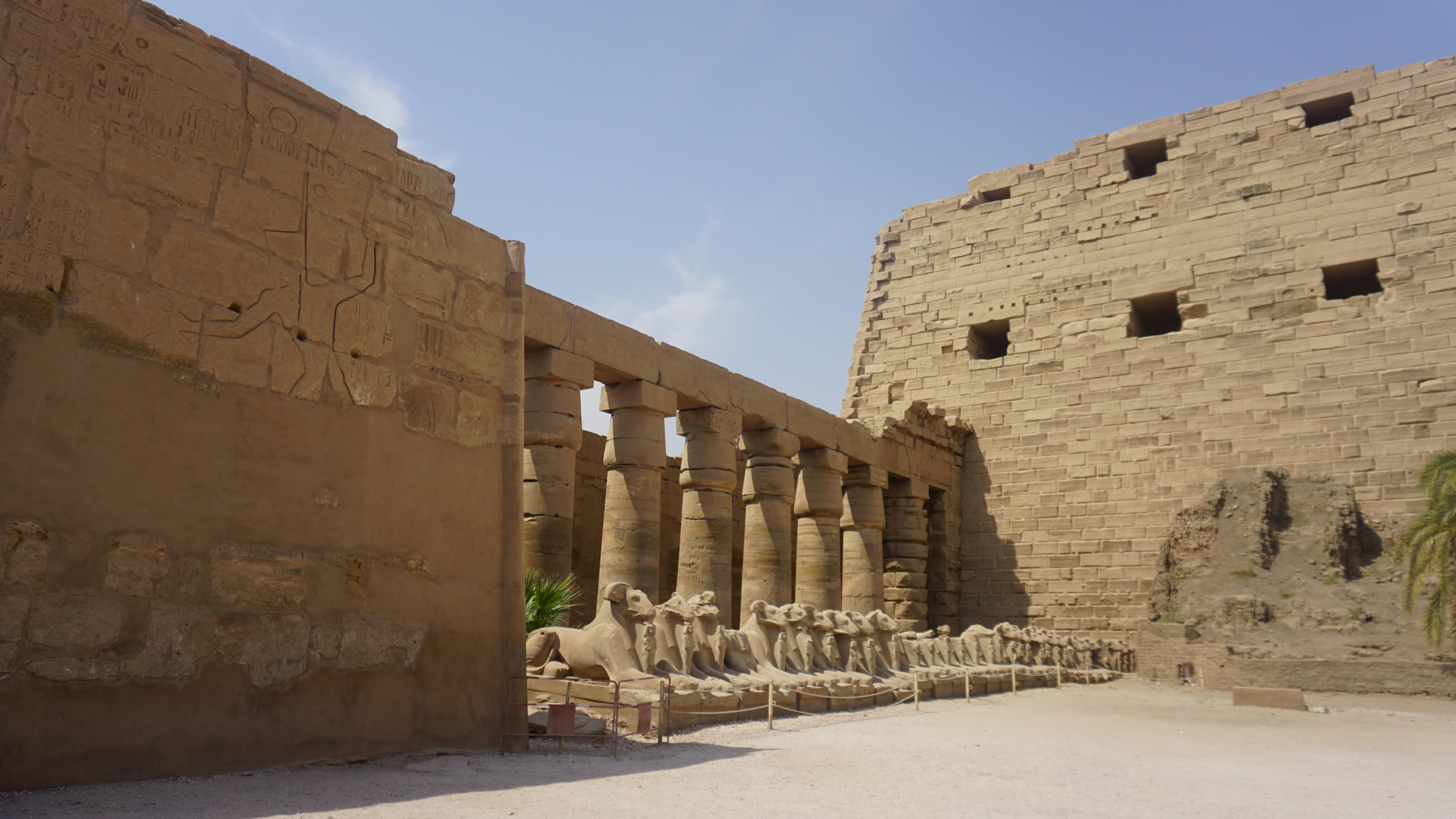Reexamining American history is a great idea, but why stop there? Western civilization is African.
“It is impossible to continue to oppress a consciously historical people.” — Dr. John Henrik Clarke
Western Civilization is African
The cradle of Western civilization wasn’t in Rome or Greece; it was in ancient Africa.
Look around you today. Consider everything you see, from our Democratic form of government, to the quintessential Western architecture of Washington D.C., to the way we understand time; our art, our legal system, our monotheistic ideas about religion.
What if it all originated from the ancient peoples of Africa?
1619 project efforts by the New York Times, and writer Nikole Hannah-Jones, are laudable, of course. A reexamination of American history is long overdue. Why stop with reexamining American history?
The story of Americans with African ancestry did not start in 1619, far from it. The story started in the true cradle of Western civilization- probably somewhere near Ethiopia, long before 2500 B.C.
How African Culture Became Western Culture
The U.S. was colonized primarily by Great Britain. Much of our everyday reality reflects the English people who first settled in North America.
Great Britain inherited its culture when it was conquered by the Romans. Everything from Roman road building techniques to systems of government were absorbed by the inhabitants of Great Britain.
The Romans, in their turn, had drawn most of their philosophy, government, art, and many other aspects of cultural life from the Ancient Greeks.
The Ancient Greeks were revered by the Romans, even as the Romans were subjugating them. In Roman society, it was considered the height of wealth and privilege to employ enslaved Greek scholars as tutors and teachers.
The Greeks, in their turn, had built their entire culture around an ancient society the Greeks revered- before they conquered and subsumed it: The Ancient Egyptians.
Luckily, the Ancient Egyptians were nothing in not a nation of excellent record keepers. Thanks to their attention to detail, and a good many tax records, we know a great deal about ancient Egyptian culture. Unfortunately for the human story, we know the most about the latter rulers of Egypt, whereas the earliest Egyptian rulers are still somewhat shrouded in mystery.
For instance, the most ancient Egyptians were the master builders; highly accomplished in architecture, mathematics and engineering. It was one of the many reasons the Ancient Greeks venerated the Egyptians.
For some reason historians can’t explain, older Egyptian architecture is better than what came later. That would be today’s equivalent of the iPhone being invented before the telegraph machine.
As Egyptian pyramids of more modern construction have crumbled to dust, the far older Great Pyramids of Giza have endured. The explanation, explored in the seminal works of the ancient African historian and African studies teacher Dr. Asa G. Hilliard III, is simple:
The earliest ancient Egyptians were carrying forward the advanced accomplishments of another, older civilization. And as Dr. Hilliard pointed out often in his lectures: “The farther back you go, the Blacker it gets.”
That highly advanced ancient African civilization was the cradle of our Western world. Reflected in the earliest art are the architects of this ancient society. The likenesses of these rulers, some of which endure to this day, reflect facial features and hair-types which are distinctly African

There is plenty of other archeological evidence to support the African origins of ancient Egypt. There are other accounts as well.
In fact, if you were raised in the Abrahamic faith traditions, you’ve already heard of this highly-advanced ancient African kingdom; it is from there that the Queen of Sheba hailed.
Hearing of Solomon’s wisdom, these faith traditions tell us, the Queen of Sheba traveled with a rich retinue to speak to the neighboring monarch. It wasn’t a meeting between subject and subjugator; it was a meeting of two intellectual and socioeconomic equals.
Dark-skinned peoples from Africa are far more than a people brought as slave labor to a New World in 1619: Dark-skinned peoples from Africa were the earliest architects of our entire modern world.
Why start the story of such an ancient and proud people, a people with what Dr. Hilliard refers to as an, “ancient African excellence tradition”, in 1619?
To understand the legacy of ancient Africa in the U.S. and elsewhere, we must look far beyond 1619 A.D. We must look further back even than 1619 B.C.
In 1619, a great evil was perpetrated on the peoples of Africa; it was not the only defining moment of African history and African ancestry. Perhaps it should not be the definitive one.
In the annals of scholars who deserved a bigger audience, we find the seminal work of the late Dr. Asa G. Hilliard III. His exhaustive research into what he called, “Ancient Africa’s Excellence Tradition,” begs a question we should all be asking:
Why weren’t we taught this in school?
“How come we’re just seeing these pictures?” Dr. Hilliard asked his audience during one of his lectures. He had just revealed that the so-called “Greek” columns we all know so well are actually ancient African columns with Greek names.

The columns were designed and constructed by an ancient people who left intricate carvings of their own likenesses. Likenesses which reflect features that are unmistakably African in phenotype.
“How come our babies aren’t shown these pictures in school?” Dr. Hilliard laments, with good reason. “Why they have to sit there and the first time ‘Black’ comes up in school is at the time when they talking about slavery?”
Dr. Hilliard points to the Hollywoodization of history. We are given Cleopatra and King Tut, if anyone. Perhaps Queen Nefertiti, if we’re lucky. Cleopatra was, of course, a Ptolemy- a Greek, not an Egyptian.
When Cleopatra was born, she was closer in time to you in 2021 than to the builder of the great pyramids of Giza- who were dark-skinned people from Africa.
We are told nothing of Queens Tetisheri, Tiye, and Hatshepsut- three ancient rulers who far pre-date Nefertiti- to say nothing of being shown their likenesses, which confirms Dr. Hilliard’s assertion that much is being left out about ancient African history and the contributions of African peoples to the modern world.
The rich history of African-American people did not begin in 1619 A.D. Western civilization is an ancient African tradition.
(Contributing writer, Brooke Bell)